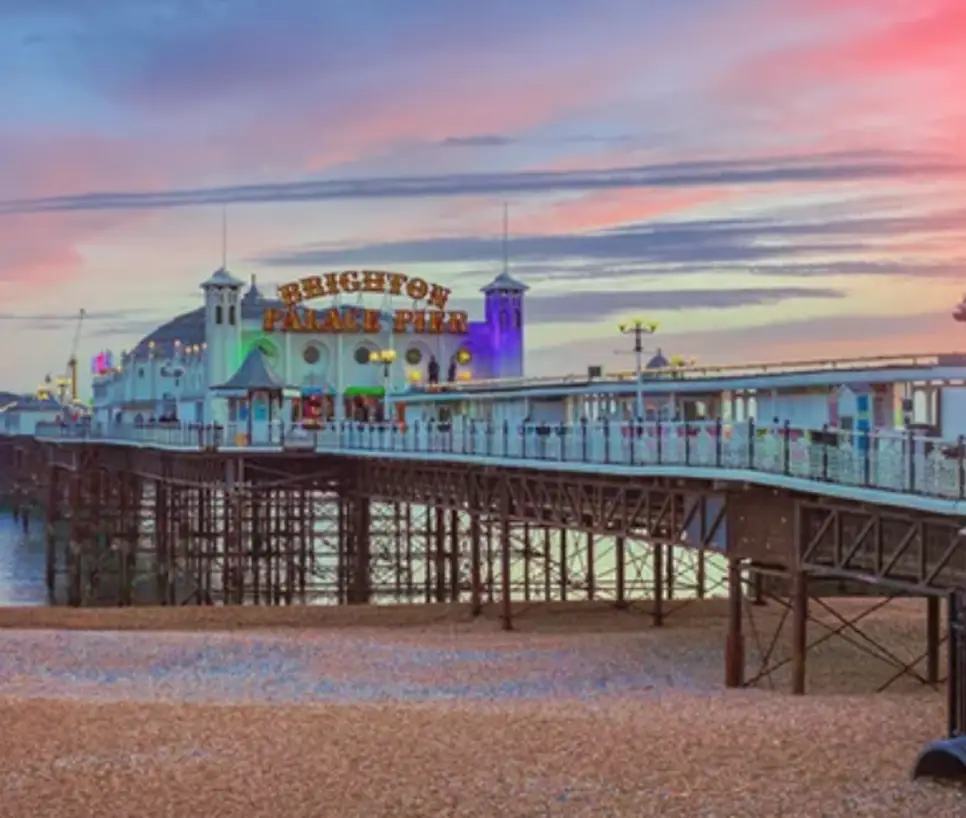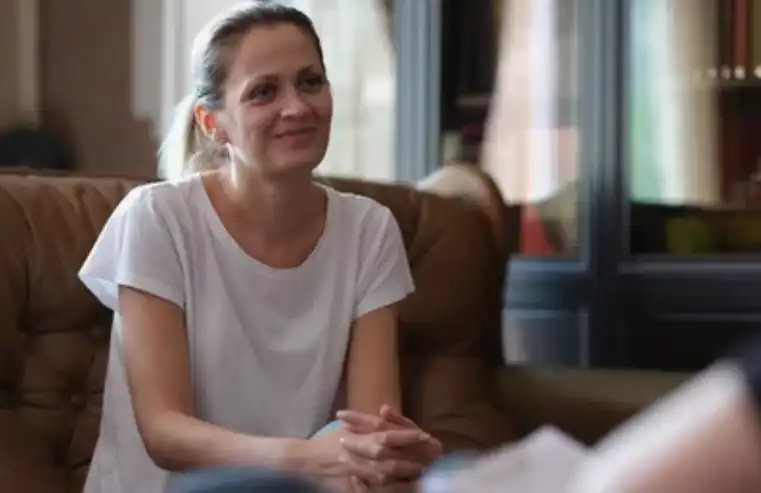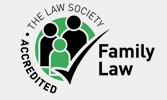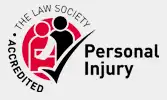Brighton’s legal history dates back to the 19th century when it was part of the County of Sussex. In 1835, a new county court and assize system were established in Brighton and the surrounding area. This marked a turning point in local law enforcement as it meant that cases could now be tried within the city rather than having to be sent off for trial elsewhere.
The town's courts were initially housed at various locations including the Town Hall and other public buildings. However, by 1840 they had become established in their own purpose-built building called The Old Law Courts. This structure remained in use until its demolition in 1959.
The Legal Profession
In the 19th century, Brighton became home to a number of legal professionals. The first recorded solicitor in Brighton was James Hunter, who practised law from 1819 until his death in 1833. William Denman followed and established a successful practice which lasted until 1868.
The next significant figure was George Dixon, who opened a practice in the town during the early 1830s. He is remembered for successfully defending two men accused of murdering their wives in an infamous case known as 'The Billingsgate Murders'. This propelled his practice into one of the most respected firms in Sussex.
The Municipal Borough of Brighton and Hove
The local government of Brighton and Hove underwent a series of changes throughout the 19th century. In 1830, it became part of the Municipal Borough of Brighton and Hove, which was established under the Municipal Corporations Act 1835. This allowed for the election of town councillors who would manage the town's affairs.
The borough also had its own police force and magistrates' court. The magistrates' court dealt with all minor criminal cases as well as handling civil disputes such as debt collection and landlord-tenant disputes.
The Hove County Court
In 1880, a new court was established in Hove called the County Court. This court dealt with more serious cases than the magistrates' court and was responsible for hearing appeals from lower courts.
The County Court also had jurisdiction over civil disputes and debt claims, as well as dealing with divorce petitions. It is still in operation today and has expanded to include four other local courts located in Sussex.
The Brighton Police Force
The police force of Brighton began life as a 'constabulary' (or night watch) in 1816. It had only a few members at first but gradually increased its numbers over time.
By the end of the 19th century, the force had grown to include over 200 officers and was responsible for policing an area from Worthing to Lewes. It also investigated serious cases such as murder and rape.
The Modern Legal System
Today, Brighton remains a hub of legal activity in Sussex. The town's courts are still based in their original location at The Old Law Courts; however, they have been extensively refurbished and modernised since their 1835 establishment.
Brighton is also home to numerous solicitors' firms that offer a range of services including conveyancing, family law, wills and probate, litigation and commercial law. The town's police force continues to keep the peace in Brighton and Hove, with additional support from the Sussex Constabulary.
The area is also well served by several excellent universities offering courses in law and other legal disciplines. This ensures that the town remains a hub for legal talent, both now and into the future.
 Wills from £204
Wills from £204
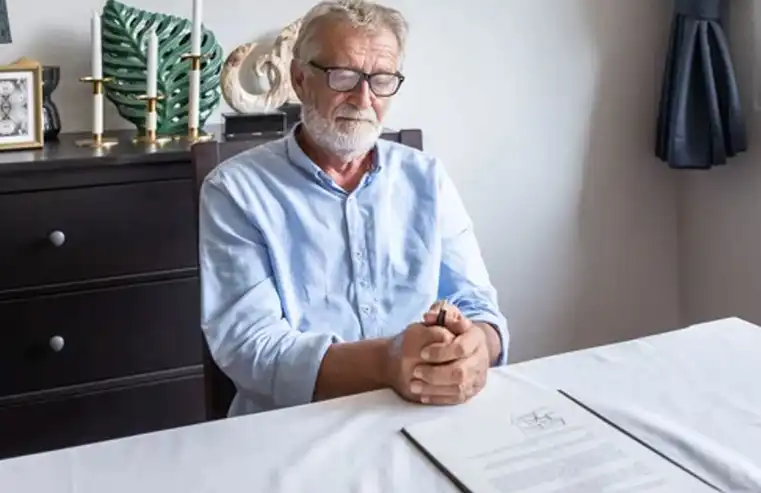 Probate
Probate
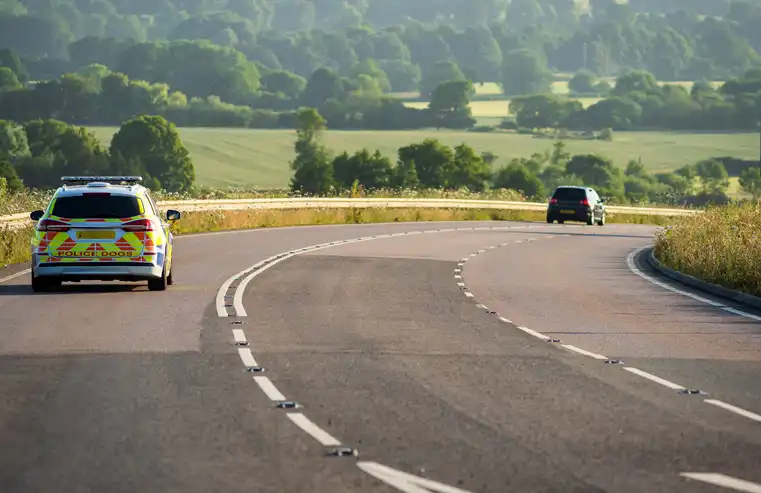 Motoring Offences
Motoring Offences
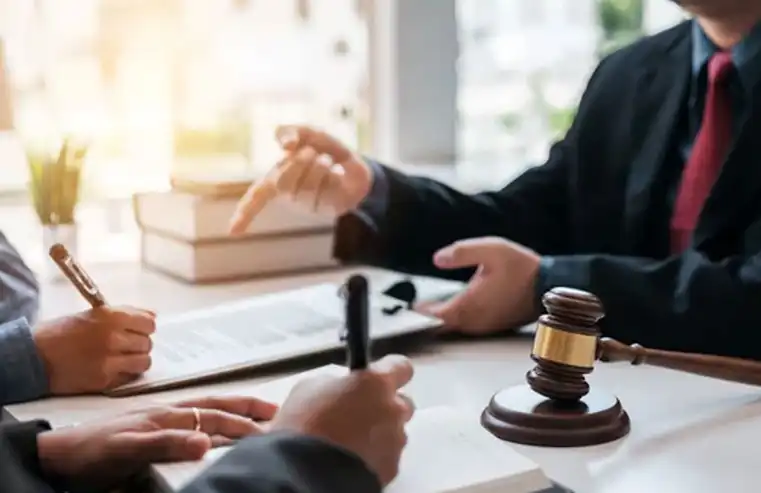 Criminal Defence
Criminal Defence
